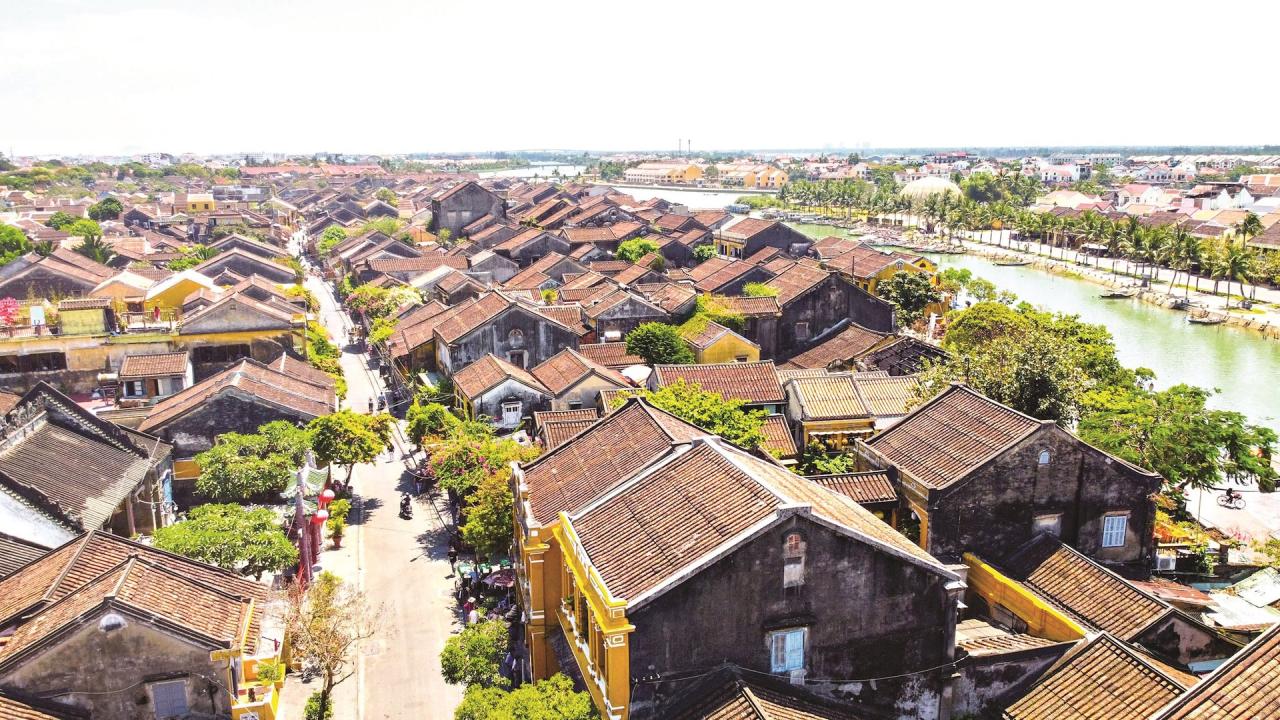
Vietnamese Gift
After graduating, I was invited to stay on campus to work for the International Student Office, where I oversaw and managed short- and long-term exchange projects from the US to other countries. It was also through this opportunity that I met a professor of Education at the school.
She expressed her desire to visit Vietnam and design an exchange program there. After talking with her, we arranged a schedule for her to visit Hanoi , Ninh Binh, and finally Hoi An. She and I arranged to meet after she returned to the United States to talk about her first visit to Vietnam. In addition, she would stay in touch with me throughout the trip.
Her nearly two weeks in Vietnam passed quickly. We arranged to meet at a Vietnamese restaurant near the school in the middle of a cold January in Minnesota.
She brought me some green bean cakes, a bag of coconut-flavored sunflower seeds, especially a lot of coconut cakes and a notebook with a picture of Vietnamese coffee on the cover. After 5 years away from home, this was the first time a foreigner brought me a specialty from my hometown, I was very touched.
There is no shortage of Asian food in Minnesota, and certainly no shortage of Vietnamese food, but Quang Nam specialties are not available everywhere. The last time I had coconut cake was 5 years ago - when I first arrived in the United States. Little did I know that 5 years later, a white woman with blonde hair would travel all the way from Vietnam to bring me coconut cake. What a strange irony!
Hidden beauty
I asked her about Vietnam and her experiences. She said she liked the bustling yet old-fashioned Hanoi, and she also loved the mountains and rivers of Hoa Lu - Ninh Binh. But with Hoi An, she said she loved it in her own way.
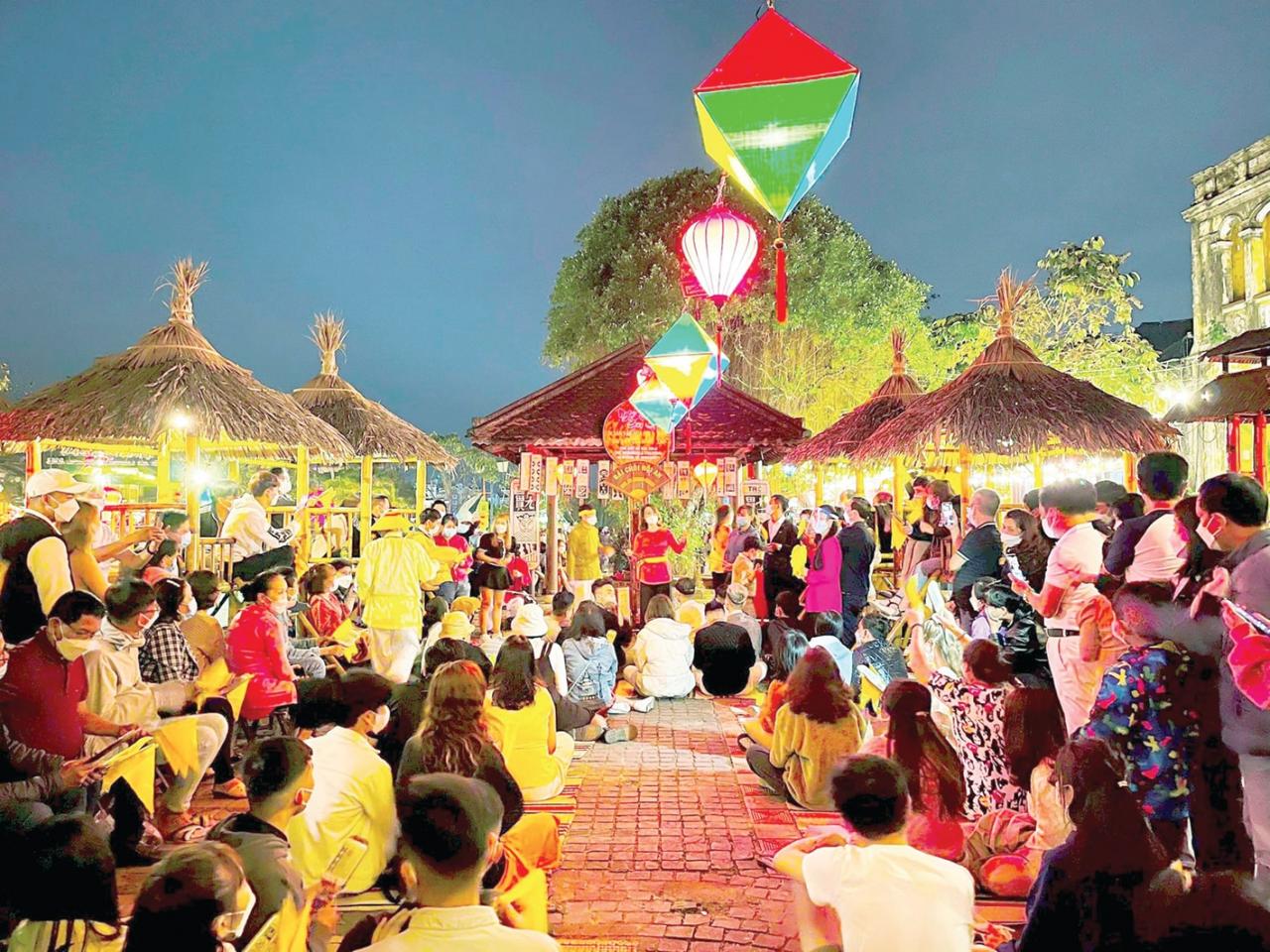
Hoi An ancient town is beautiful to her, but that beauty has been commercialized and touristized. What she wants to find is the soul of Hoi An, the ancient Hoi An culture preserved in the ancient houses. A bygone era of Hoi An is preserved on countless ships carrying merchants from all over the world, from China, Japan to the farthest reaches of Egypt. The glory of Hoi An lies in the cultural exchanges, leaving this land fertile not only in the economy but also in the soul of the people - generous, friendly and approachable.
For this reason, to her, the mushrooming cafes and souvenir shops every few steps, located close together, do not attract her. The commercialization of Hoi An can easily satisfy tourists who want to have beautiful photos, but cannot satisfy those who want to find the hidden beauty of the former pearl of Annam.
She decided to go out of the old town to understand Hoi An better - just like the way she went to find egg coffee at a sidewalk cafe to understand Hanoi. What surprised me was that she found her love for Hoi An in the simplest things!
She rented a bicycle and left the city, passing through the bustling streets to the outskirts of Hoi An. Ordering a cup of iced milk coffee, she sat at a roadside stall, watching the children in shorts and bare feet chasing kites on the vast grasslands. She was interested in the buffalo herding work of the people of my hometown, and loved most of all the conical hat that had been worn out by the wind and dew.
She told me that it seemed that only by leaving the old town could she find the true Vietnam - the gentle and peaceful Vietnam with the rice fields that she often imagined in her mind when reading about my country.
Fragile memories of Hoi An
The old town has... been visited by many Westerners. For a Westerner like her, this was too familiar and boring. Hoi An to her had the old image of a cultural exchange port, bustling and cheerful but without losing the rustic character inherent in Central Vietnam.
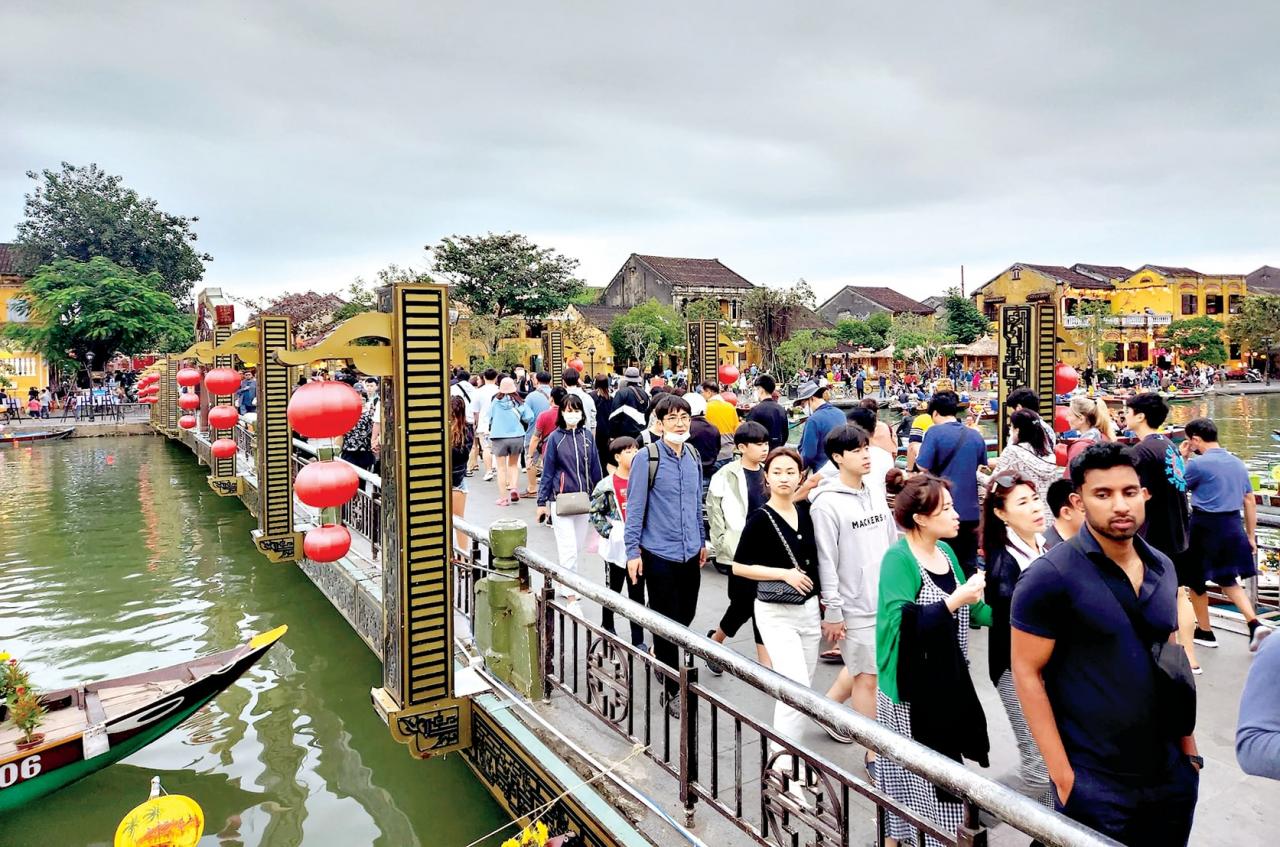
She told me that she agreed that Hoi An’s ancient houses, Hoi An market, and temples still retain the mossy memories of Faifo – the old name of Hoi An. But the cultural story of Hoi An must be told more than just mentioning the cafes for young people or tourists to check in and the souvenir shops that are densely packed every day.
Hoi An culture lies in the farmers who still work hard in the fields, in the children who still run barefoot after kites on a windy afternoon. It makes people temporarily forget the ancient town full of tourists and non-stop commercial activities day and night.
Listening to her, I asked myself, since when did Hoi An become poor for tourists who want to find the cultural soul of Hoi An?
Among the myriad of cafes, restaurants, hotels... Hoi An's ancient houses become lost. The soul of Hoi An preserved in the ancient houses and assembly halls is lost when people build overly eye-catching souvenir stalls. Where do the memories of old Hoi An go when commerce and tourism encroach, squeezing out the old footsteps of a bygone era?
I kept that question in mind until the day I returned home. Walking along the ancient streets of Hoi An, I reminisced about the 17th and 18th century years of this land of people and water. Then I lingered longer at the door of an old house, letting my heart be quiet...
Source: https://baoquangnam.vn/dau-hon-xua-pho-cu-hoi-an-3145696.html






![[Photo] Panorama of the 29th Congress of the Party Committee of Nhan Dan Newspaper](https://vphoto.vietnam.vn/thumb/1200x675/vietnam/resource/IMAGE/2025/8/27/aa31210f7e2b47de948b2b60dde20aff)
![[Photo] Many people eagerly await the preliminary review despite heavy rain](https://vphoto.vietnam.vn/thumb/1200x675/vietnam/resource/IMAGE/2025/8/27/4dc782c65c1244b196890448bafa9b69)
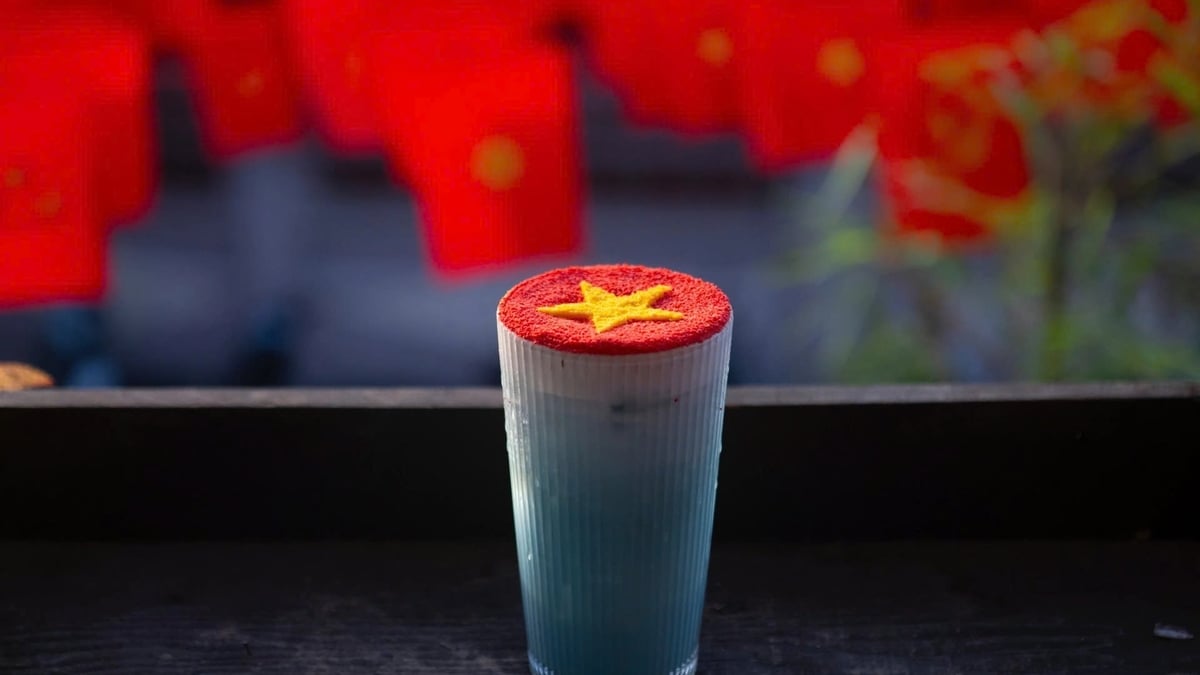
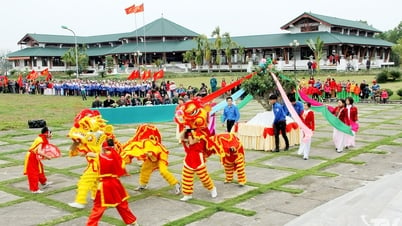



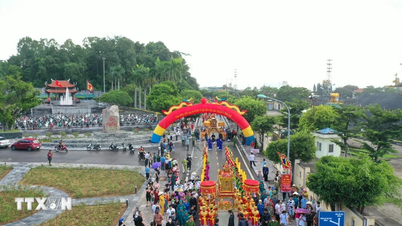



























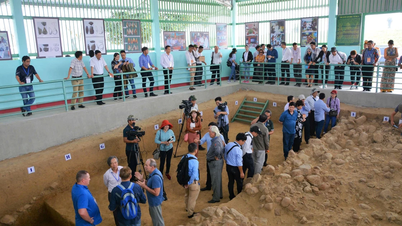





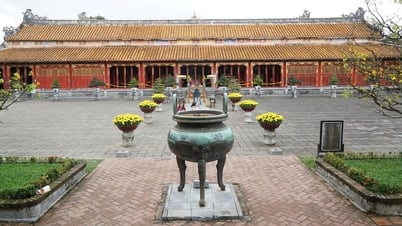






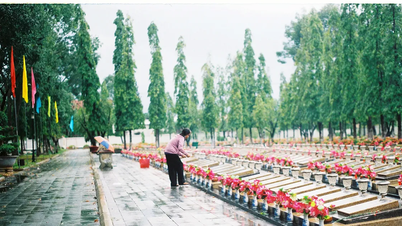
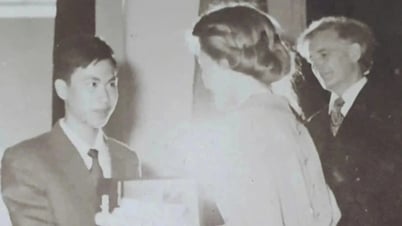





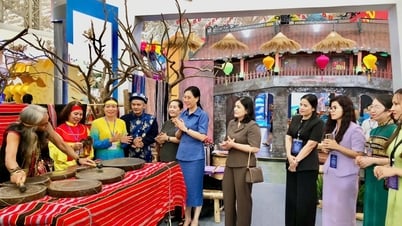


























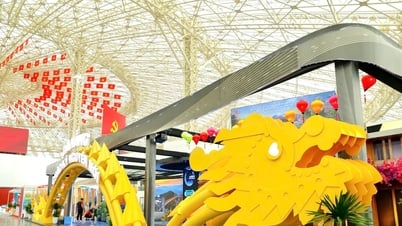








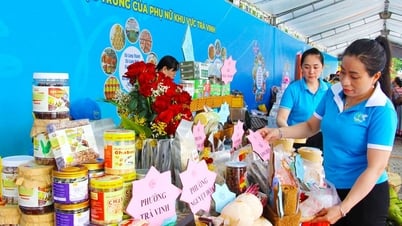






Comment (0)